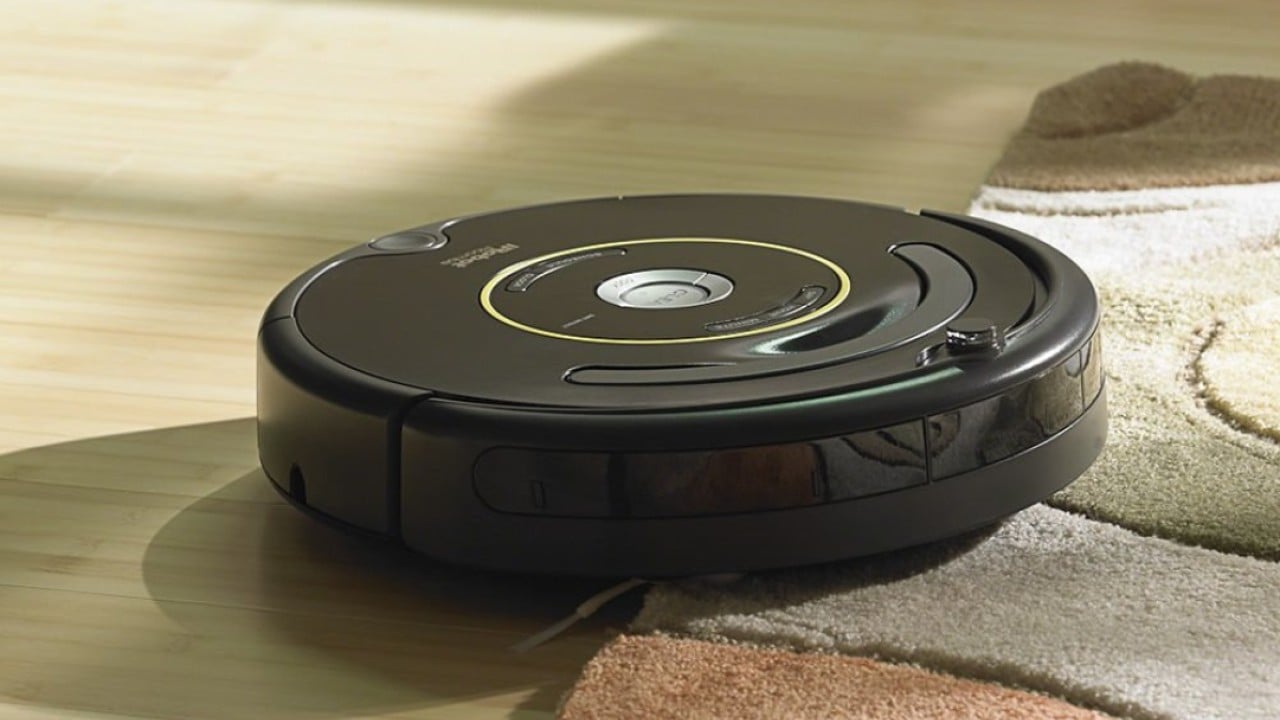The robot vacuum cleaner used to be considered an American success story. It was developed by scientists at the Massachusetts Institute of Technology, who set up a company called iRobot in 1990. Even today, many consumers still use the name of the firm’s breakout product – the Roomba – to refer to all robot vacuums.
Advertisement
But fast forward three decades, and the United States has totally lost its grip on a market that it created. As in many industries, Chinese firms now dominate production of robot vacuum cleaners – and the way they caught up with and then supplanted their American rivals says a lot about the state of the global economy.
The world’s top five cleaning robot makers are now all Chinese: Roborock, Ecovacs, Dreametech, Xiaomi and Narwal Robotics together accounted for nearly 70 per cent of the global market in terms of products shipped in the second quarter of 2025, according to a report by market research firm IDC. The US’ iRobot ranked sixth.
For US firms, the lost business is significant. Robot vacuums are a fast-growing market, with global shipments growing 33 per cent year on year to reach 15.35 million in the first half of the year, IDC data showed.
How did this happen? It is not simply about price. On Amazon’s US store, there is little difference in cost between the major Chinese and American brands. The Roomba Vacuum 2 was on sale for just US$165 in mid-September, making it one of the cheapest products on the market.
Advertisement
For Claire Zhao, a senior analyst at IDC China, the success of Chinese brands comes down to heavy investment in both promotion and research and development.
“Chinese companies have achieved notable results overseas, quickly boosting sales and brand awareness through e-commerce,” she wrote in a report released earlier this month. “Rapid technological iteration directly enhances product competitiveness and user loyalty.”

